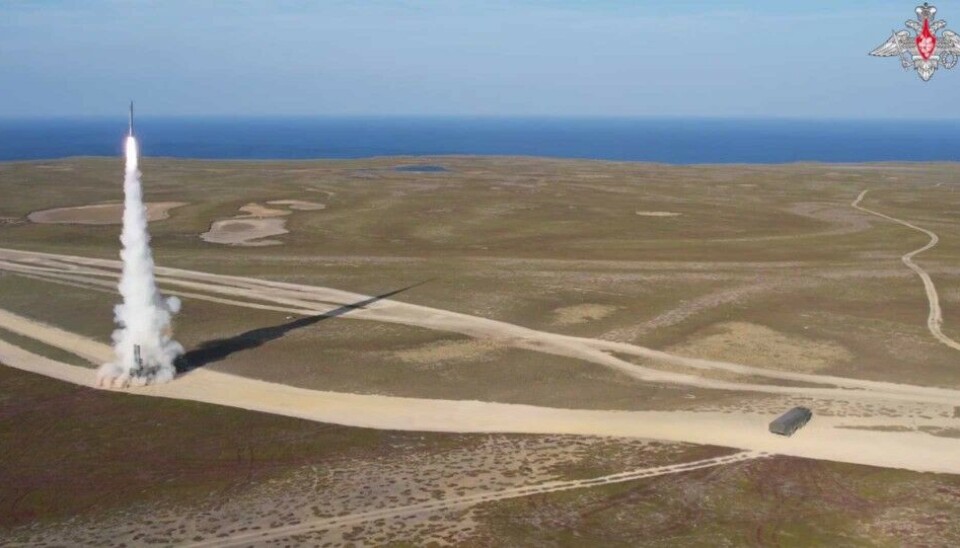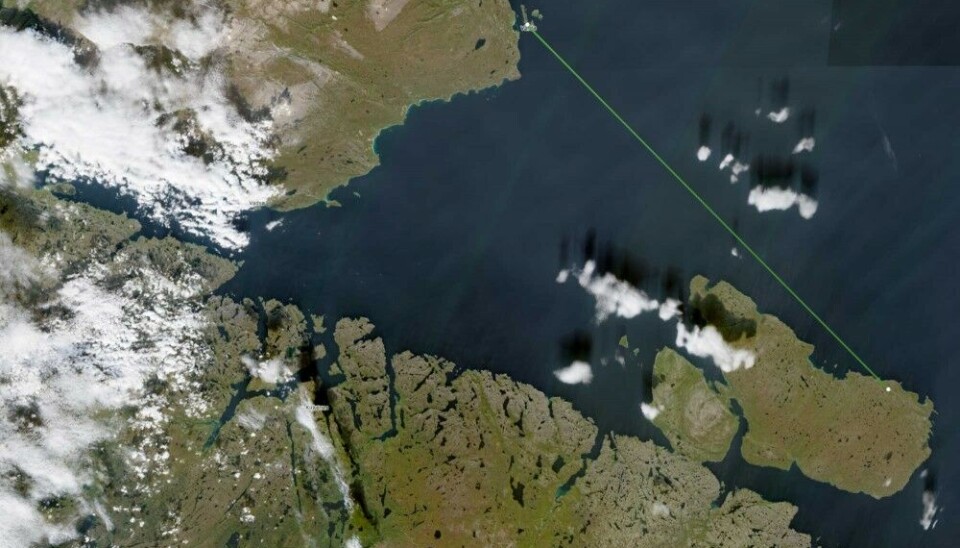
Russian forces launch supersonic missiles in short range from Norway's Vardø radars
As part of the ongoing Ocean-2024 exercise, supersonic missiles were fired from the Rybachii peninsula less than 80 km from the border to Norway.
A Tu-95 strategic bomber was in the air and cruiser Marshal Ustinov was out in the Barents Sea. At the same time, two K-300P Bastion-P complexes were preparing for launch of supersonic Oniks missiles from the Rybachii Peninsula.
The military activities are part of the Ocean-2024, a massive naval exercise that includes more than 400 ships, 125 aircraft and 90,000 soldiers across the country.
A video from the Northern Fleet shows how the Marshal Ustinov launches a missile from sea and one of the two Bastion complexes fires from the Rybachii Peninsula.
Bastion-P missile complexes launch supersonic missiles from the Rybachii Peninsula. Video: Russian Ministry of Defence
The launch site of the two mobile coastal missile defence systems can be geolocated to the eastern part of the peninsula. From the open Arctic landscape, the missiles are shot in a straight northern direction.
According to the Northern Fleet, missiles of the type Oniks and Vulkan were fired during the drills. The missiles were launched against targets located respectively 200 and 180 km away, a notice to the press reads.

The Oniks is a supersonic missile commissioned in the early 1990s. It has been used at the Bastion-P coastal complexes since 2015.
The missile has a speed of up to 750 m/s and range of up to 800 km. It can be applied against targets both at sea and on land.
!function(){"use strict";window.addEventListener("message",(function(a){if(void 0!==a.data["datawrapper-height"]){var e=document.querySelectorAll("iframe");for(var t in a.data["datawrapper-height"])for(var r=0;r The Rybachii Peninsula is located about 90 km northwest of Murmansk City and less than 50 km east of the border to Norway. The launch site was located about 77 km from the national border. Less than 100 km away is located Norway’s strategically important GLOBUS radars in Vardø. The Globus-II and Globus-III radars are operated by the Norwegian Intelligence Service and officially deals primarily with space observation and Arctic airspace monitoring. They are run in close cooperation with U.S authorities and believed to play a key role in intelligence against Russia.
















